Steel Plate Bending for API 650 Oil Storage Tank Fabrication
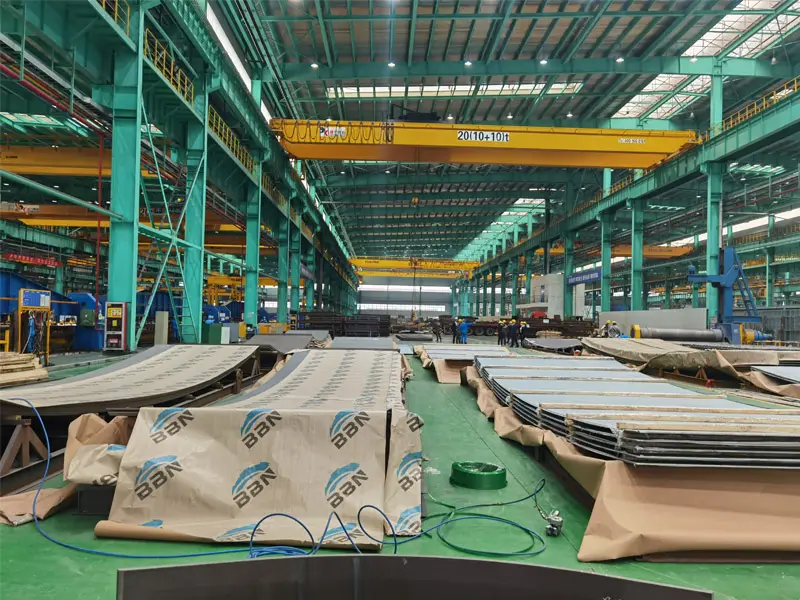
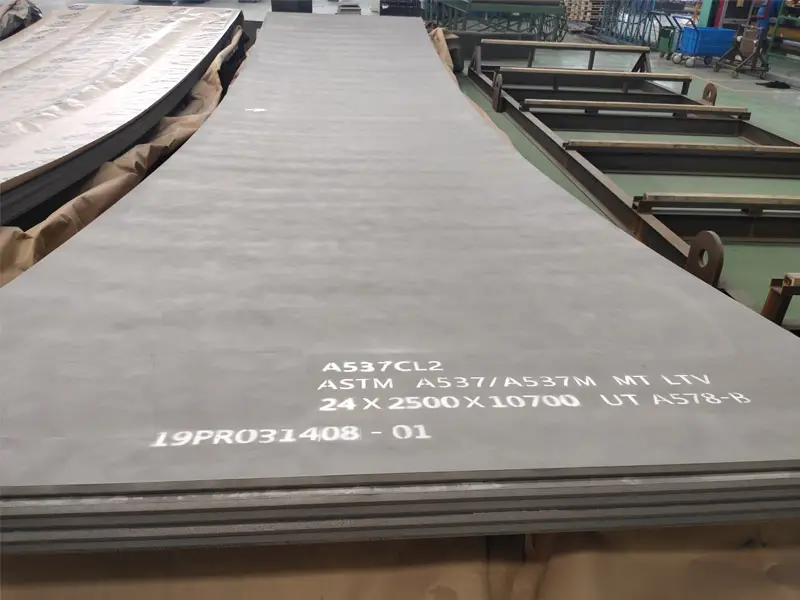
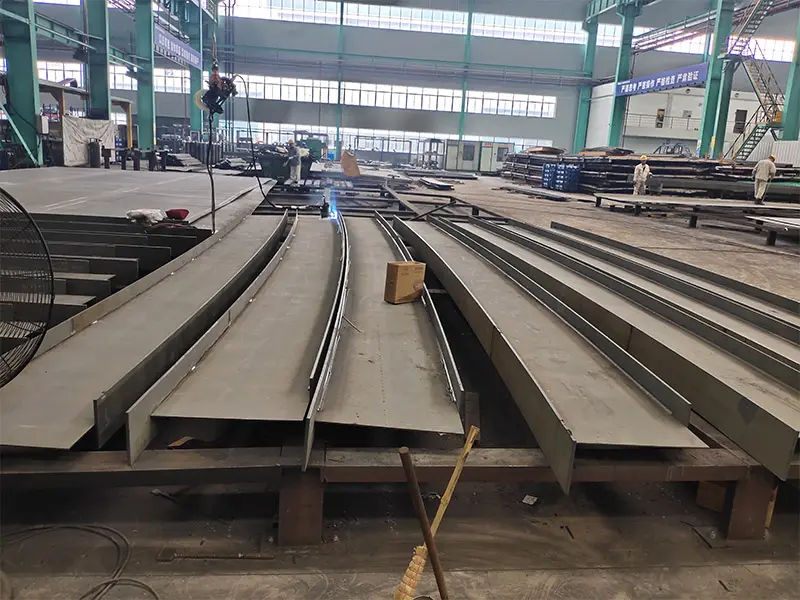
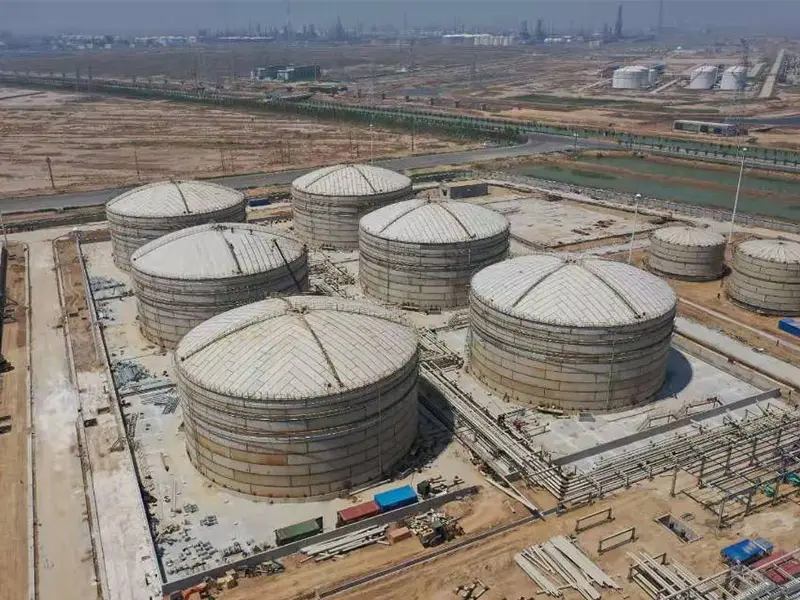
| Product name: | Steel Plate Bending for API 650 Oil Storage Tank Fabrication |
| Keywords: | Steel Plate Bending, API 650 Oil Storage Tank |
| Industry: | Petroleum, natural gas and chemical industry - Petroleum and natural gas industry |
| Process: | Sheet metal - Bending |
| Material: | Carbon steel |
Processing manufacturer
- There are 59 manufacturers that provide similar products
- There are 190 manufacturers that provide this processing technology
- There are 105 manufacturers that provide this material processing service
- There are 111 manufacturers that provide this industry processing service
Product details
Bending steel plates for the fabrication of API 650 compliant oil storage tanks is a complex process involving material selection, processing techniques, welding, quality control, and adherence to standard design requirements. Steel plate bending is primarily used for the cylindrical shell fabrication of tank walls, and sometimes for specific structural tank roofs or accessories.
The API 650 standard applies to aboveground welded steel storage tanks for storing petroleum, refined petroleum products, chemicals, and other liquids, operating at or near atmospheric pressure (not exceeding 2.5 psig), and with design temperatures typically not exceeding 93°C (200°F).
Storage tanks are assembled and welded from multiple steel plates, including the bottom plate, tank wall (shell), and tank roof (fixed roof or floating roof).
Steel Plate Bending Process
- Bending Purpose: To process flat steel plates into cylindrical shell plates for the assembly of tank walls, ensuring the tank has a circular geometry.
- Equipment:
- Using large plate rolling machines or hydraulic bending machines capable of handling large-sized, thick steel plates (up to 4m wide and 50mm thick).
- The plate rolling machine must have high-precision control to ensure that the bent steel plate meets the API 650 requirements for roundness and verticality (API 650 Section 7.5).
Steel Plate Material Requirements
- Common materials are carbon steel (such as ASTM A36, A283, A516 Gr.70) or stainless steel (such as 304 or 316L, depending on the corrosiveness of the stored liquid).
- The steel plate must comply with the material specifications in the API 650 appendices (such as Appendix M, Q, or S), ensuring sufficient strength, toughness, and weldability.
- The steel plate thickness is determined based on the tank size, design pressure, seismic loads, and corrosion allowance, typically between 6mm and 50mm (API 650 Table 5.2a/b).
Similar products
More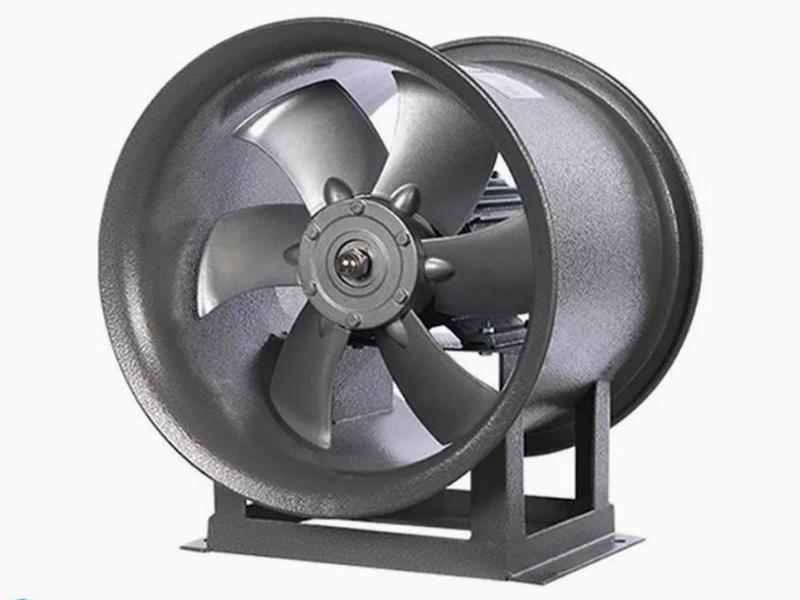
What are the machining processes used for processing axial fan housings
- Process : Sheet metal - Welding
- Material : Carbon steel
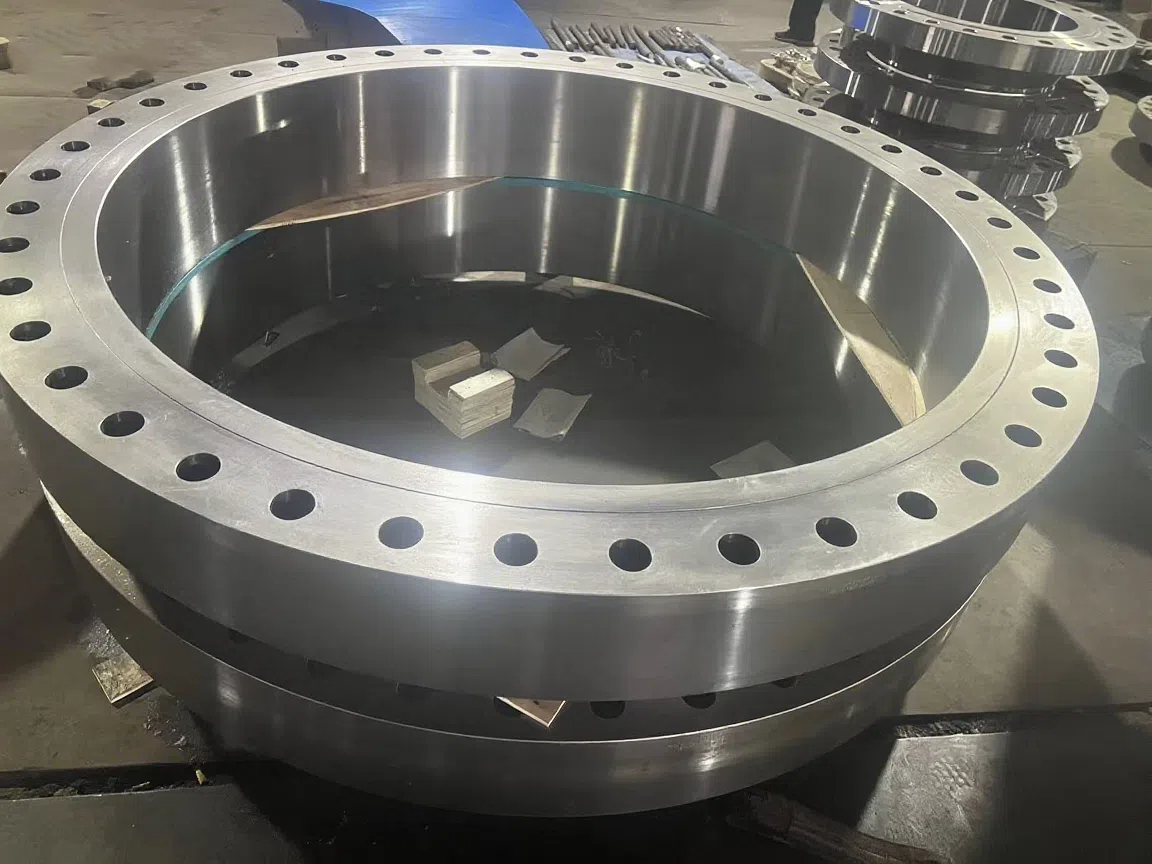
Heavy-Walled Flange Milling-Turning Machining and Flaw Detection
- Process : Machining - Turning Milling compound
- Material : Alloy steel
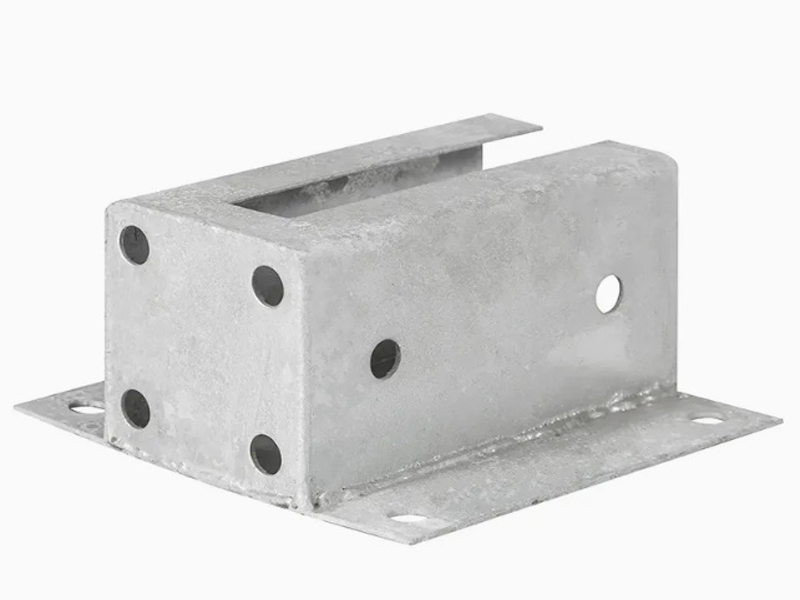
Machining Process Analysis of Carbon Steel Fixed Anchor Plates
- Process : Machining - CNC milling or milling machining
- Material : Carbon steel
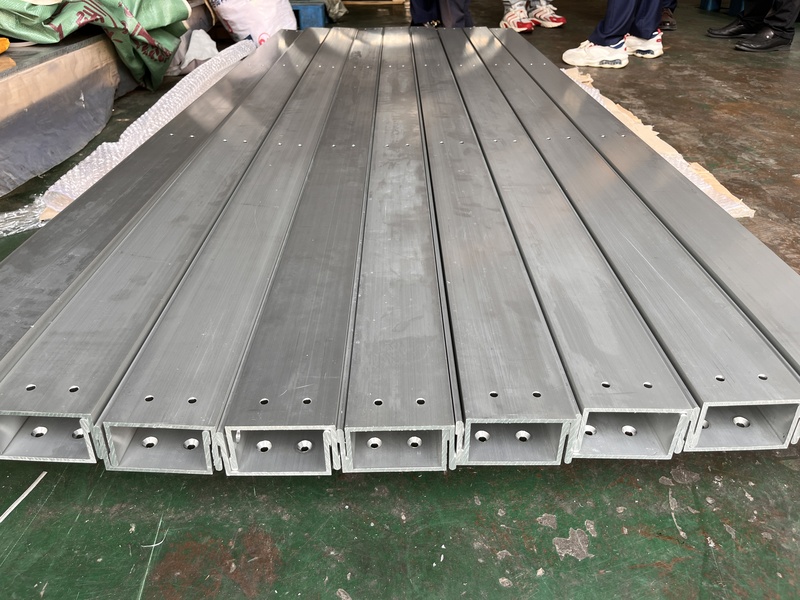
Precision Machining of U-Steel Profiles for Building Applications
- Process : Stamping - General stamping
- Material : Aluminum
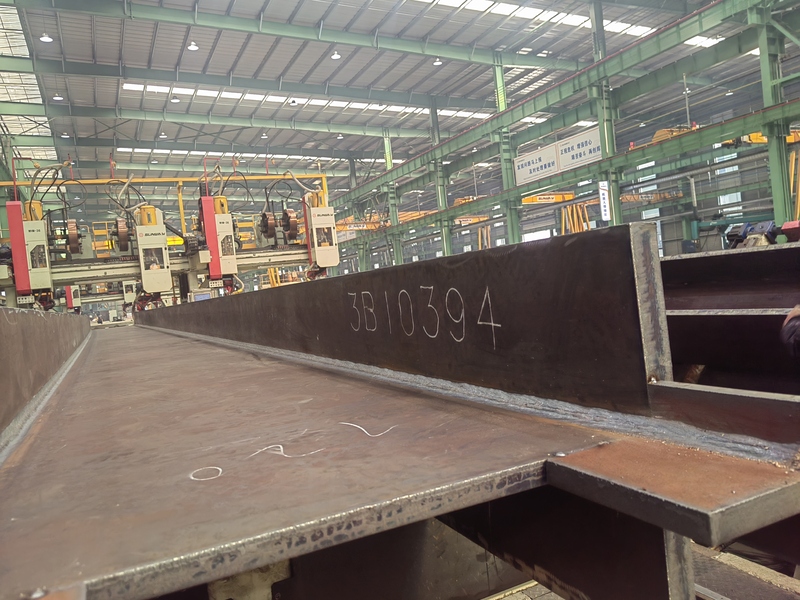
Custom Fabrication of S355JR Welded H-Beams for Construction Projects
- Process : Sheet metal - Welding
- Material : Carbon steel
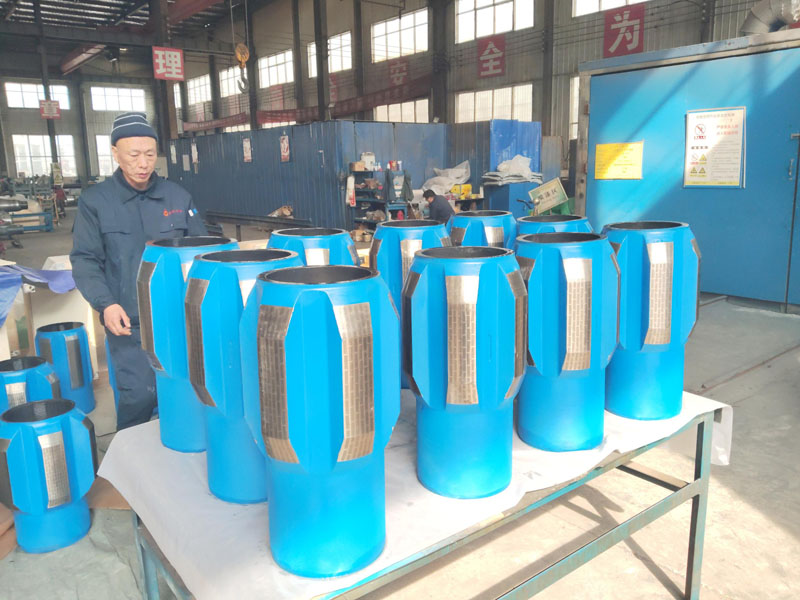
Drill Stabilizers Applied in Oil Drilling Platforms
- Process : Machining - Five-axis machining
- Material : Alloy steel
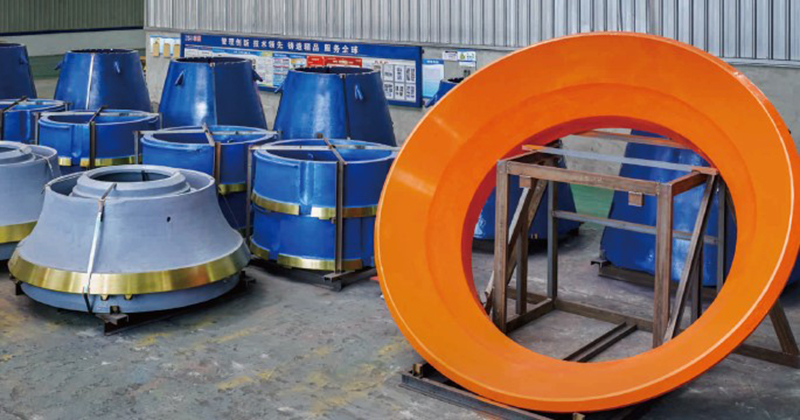
Cone Crusher Mantle
- Process : -
- Material :
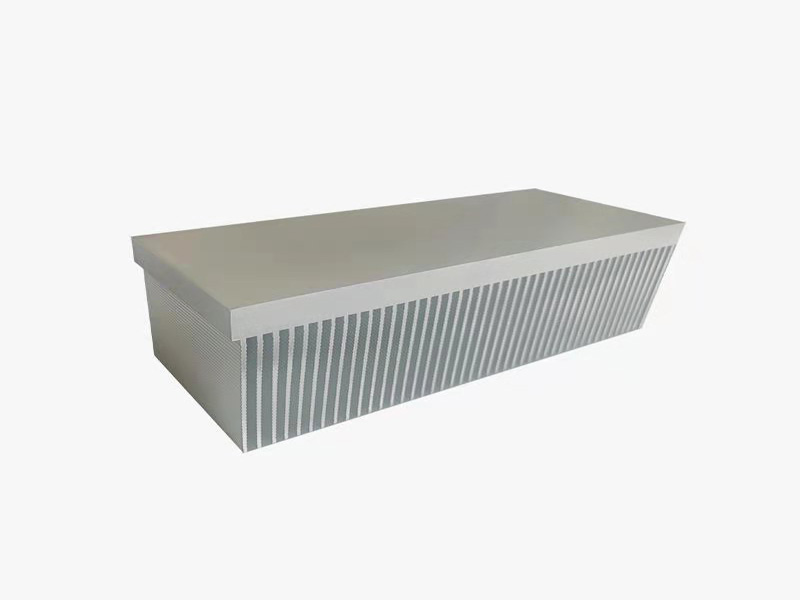
Innovative skiving technology: Breaking through the bottleneck of high-density heat dissipation technology
- Process : Surface treatment - Others
- Material : Alloy steel
More products
More
What are the machining processes used for processing axial fan housings
- Process : Sheet metal - Welding
- Material : Carbon steel

Heavy-Walled Flange Milling-Turning Machining and Flaw Detection
- Process : Machining - Turning Milling compound
- Material : Alloy steel

Machining Process Analysis of Carbon Steel Fixed Anchor Plates
- Process : Machining - CNC milling or milling machining
- Material : Carbon steel

Precision Machining of U-Steel Profiles for Building Applications
- Process : Stamping - General stamping
- Material : Aluminum

Custom Fabrication of S355JR Welded H-Beams for Construction Projects
- Process : Sheet metal - Welding
- Material : Carbon steel

Drill Stabilizers Applied in Oil Drilling Platforms
- Process : Machining - Five-axis machining
- Material : Alloy steel

Cone Crusher Mantle
- Process : -
- Material :

Innovative skiving technology: Breaking through the bottleneck of high-density heat dissipation technology
- Process : Surface treatment - Others
- Material : Alloy steel